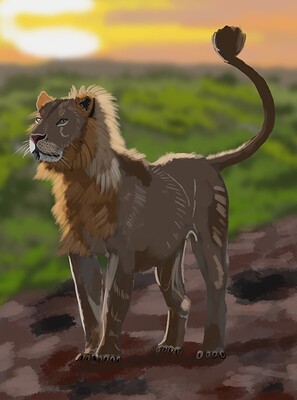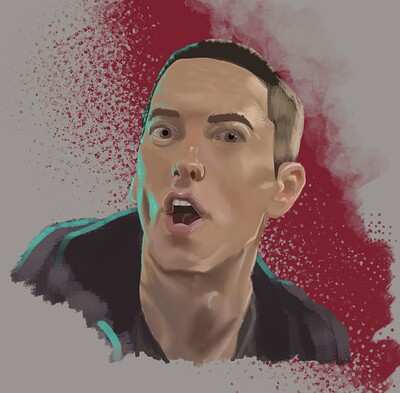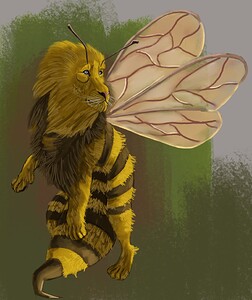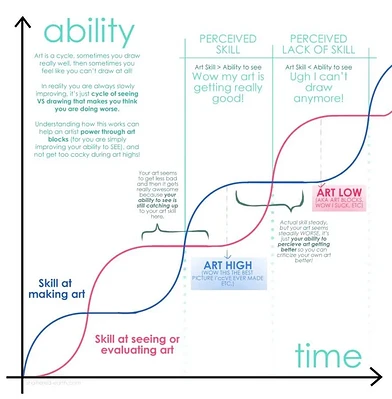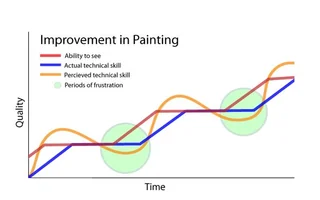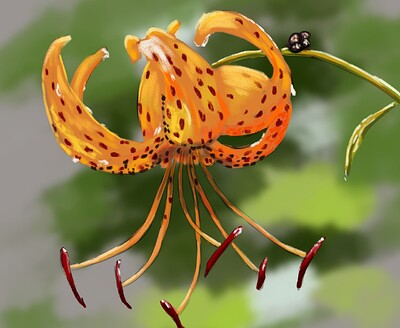I kinda also know how this feels. In the military, there wasn’t much time, but I was always interested. Shortly after, I had more time on my hands so things improved quite a bit. Never figured I was really good compared to a lot of others, but happy with my progress.
Then I somewhere grabbed a life+30 pickup and suddenly I’m 50+ finally able to stop (all the stuff that could go here, LOL) and start working on what I want.
Now that I am back, I am in “erase that and start again mode” though I feel I shouldn’t be. As an engineer, I get all the tech and fancy lingo but I remember what it was like to get messy in paint.
Since its been so long, there is a bit of ‘muscle loss’. At least for me, it seems. It doesnt take too long to build again, but when you draw a circle and it looks like anything but, it can make a down day worse. Sometimes it just doesn’t seem like it’s there yet. On the other hand, if I would use references more, I imagine I would improve faster, but that’s probably a different story.
Two things that help me, most of the time, at least get through a piece is to consider letting what ever is happening paint with me. I take a short moment to kinda extend an invitation, so to speak. Sounds corny probably but it works for me. This of course can lead to some of the stormy paintings, but at least I get it out. As a writer, sometimes I would “write it out” instead. Something like the artist creates what they feel as much as they create what they want.
The other is to kinda think like @Takiro mentioned and see if it’s a new path that I am discovering. Its a path, I walk along for a bit and see if its worth exploring. Am I seeing things differently?
Is something else happening? Sometimes it really doesn’t have much to do with the subject as much as it does (somehow) a process where I realize I let something go, even if I couldn’t explain what that thing was. I feel lighter when I’m done.
I am not sure if this is an actual quote but it feels like it, though I couldn’t tell you who said it.
“Sometimes I paint what I can. Sometimes I paint what I want. Sometimes I paint what I see. I tell you, though, I always paint what I feel.”
With these two things in my tool box it helps me take a step back and look at things. So far, I am not quite time free to do as much as I would like, but I have been able to do the monthly challenges. Not super great (or maybe even close) compared to some folks I’ve seen here (amazing artists you guys are) but the second is loads better than the first one I did after nearly 30 years away from the pen. I also have my “Cat in the Matte” floating around out there.
As for a bit of the technical look, if I may. I agree with @ynr_nohara. I would have picked a darker color or two for the lowlights on the darkside. Where you have the ribs shaped and the hind leg, for example. You need the details there sure, but a mid to dark transition would look like it makes more sense. It still keeps the shape defined but could also allow for a more furry affect where you can drag the lighter color over the dark a short bit to give more that furry feeling like in the mane. Dark contrast is just as powerful as the highlights.
Anyway, for what it’s worth and hopefully it’s helpful.
HL

